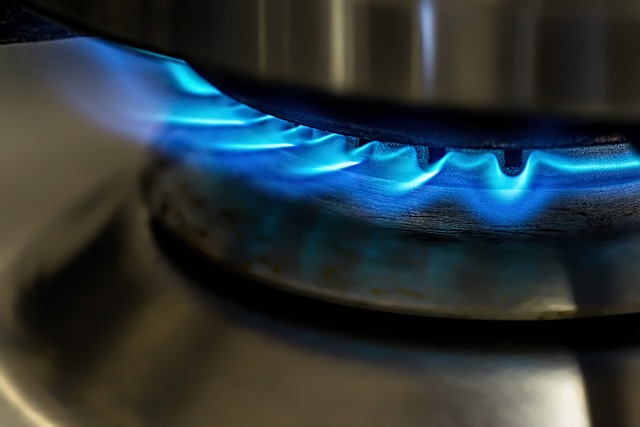
As December ushers in cooler weather, many homeowners rely on heating systems and fireplaces to keep their homes warm. While these are essential for comfort, they can also introduce a serious risk: carbon monoxide (CO) poisoning. Known as the “silent threat,” carbon monoxide is a colorless, odorless gas that can accumulate without warning. Understanding how to prevent and detect CO in your home is crucial to keeping your family safe this winter.
Why Carbon Monoxide is a Serious Threat
Carbon monoxide is produced when fuels like wood, gas, or oil are burned without sufficient oxygen. Without proper maintenance or ventilation of certain household appliances CO can build up to dangerous levels.
Simple Steps to Prevent Carbon Monoxide Poisoning
- Inspect Heating Systems Regularly: Schedule a professional inspection for your heating appliances at least once a year. Technicians can identify and address issues like leaks or poor combustion that could lead to CO buildup.
- Keep Exhaust Pathways Clear: Ensure chimneys, flues, and exterior vents are free of blockages such as debris, snow, or bird nests. These pathways allow carbon monoxide to safely exit your home.
- Avoid Misuse of Appliances: Never use a gas stove or oven as a heat source. Similarly, refrain from operating grills, generators, or kerosene heaters indoors or in attached garages, even with doors or windows open.
- Improve Home Ventilation: While energy efficiency is important, tightly sealing your home can restrict airflow. Make sure there is adequate ventilation for any fuel-burning appliances.
Detection is Key: Use Carbon Monoxide Alarms
Installing CO detectors is an essential line of defense. Place detectors on each floor of your home and near bedrooms, where they’re most likely to alert you during sleep. Test your alarms monthly, replace the batteries annually, and adhere to manufacturer guidelines for replacing the units themselves—typically every five to seven years.
Recognizing the Signs of CO Poisoning
Carbon monoxide poisoning can cause symptoms such as headaches, fatigue, dizziness, and confusion. These can escalate quickly, especially in enclosed spaces. If multiple family members experience these symptoms simultaneously, suspect CO exposure.
Responding to a Carbon Monoxide Emergency
If a detector goes off or you suspect CO poisoning, leave the house immediately and contact emergency services. Avoid re-entering until experts confirm the air is safe.
By following these guidelines, you can enjoy the holiday season with peace of mind, knowing your home is protected from carbon monoxide risks. Prevention, detection, and awareness are your best tools for ensuring a safe and cozy winter.

Recent Comments